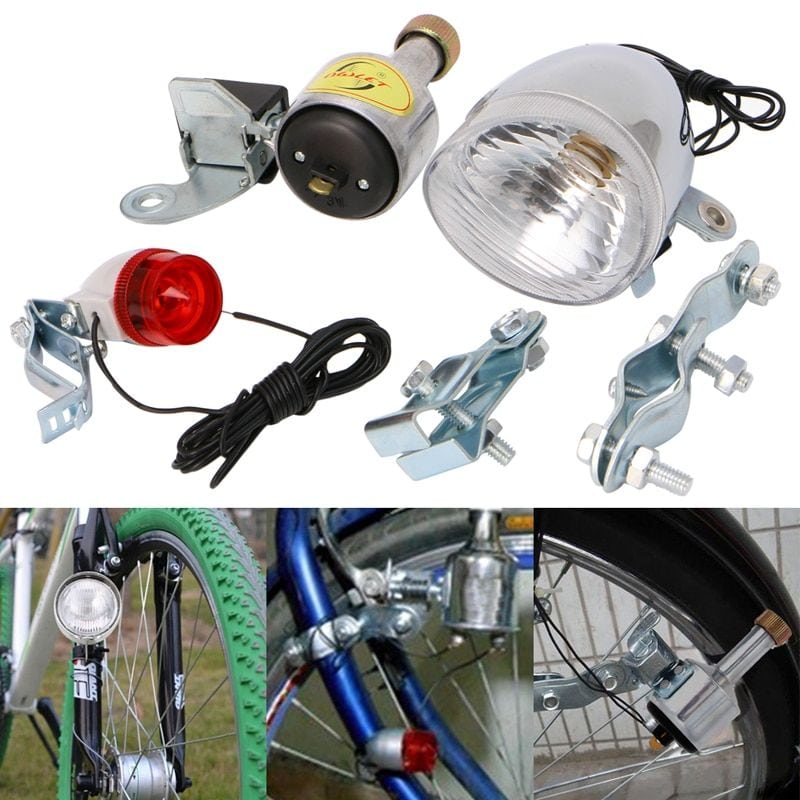Originally Posted by
wphamilton
Interesting. I'd say there is no flywheel energy capture though, other from than the relatively insignificant rotational inertia of the wheels and crank, and all of the energy "returned" is from the bike and rider's linear inertia.
Fixed gear is best thought of as exactly like attaching gears to the wheels, with some small energy loss due to friction and the chain. It's not really more complicated than that IMO.
A bicycle has wheels.
Any wheel, no matter how big or small, is a flywheel.
And the flywheel is essentially an energy storage device, an energy accumulator.
The battery of energy can be charged and can give it back.
Where does the linear inertia of the bike and the rider come from?
Of course, from the untwisted flywheel wheel.
An example of removing energy from a wheel is a dynamo.
The mechanical energy of the flywheel is converted into electrical energy.

On fixed gear power wheel flywheel connected to the cranks - pedals hard, and Cycling with the free flow of energy in the crankset - pedals not, reverse the mechanical connection is broken due to the overrunning clutch.
Thus, the mechanical energy of the entire rider bike is always present on the fixed gear crank pedals.
In a transmission with an intermediate shaft, this energy is not even added, but multiplied.